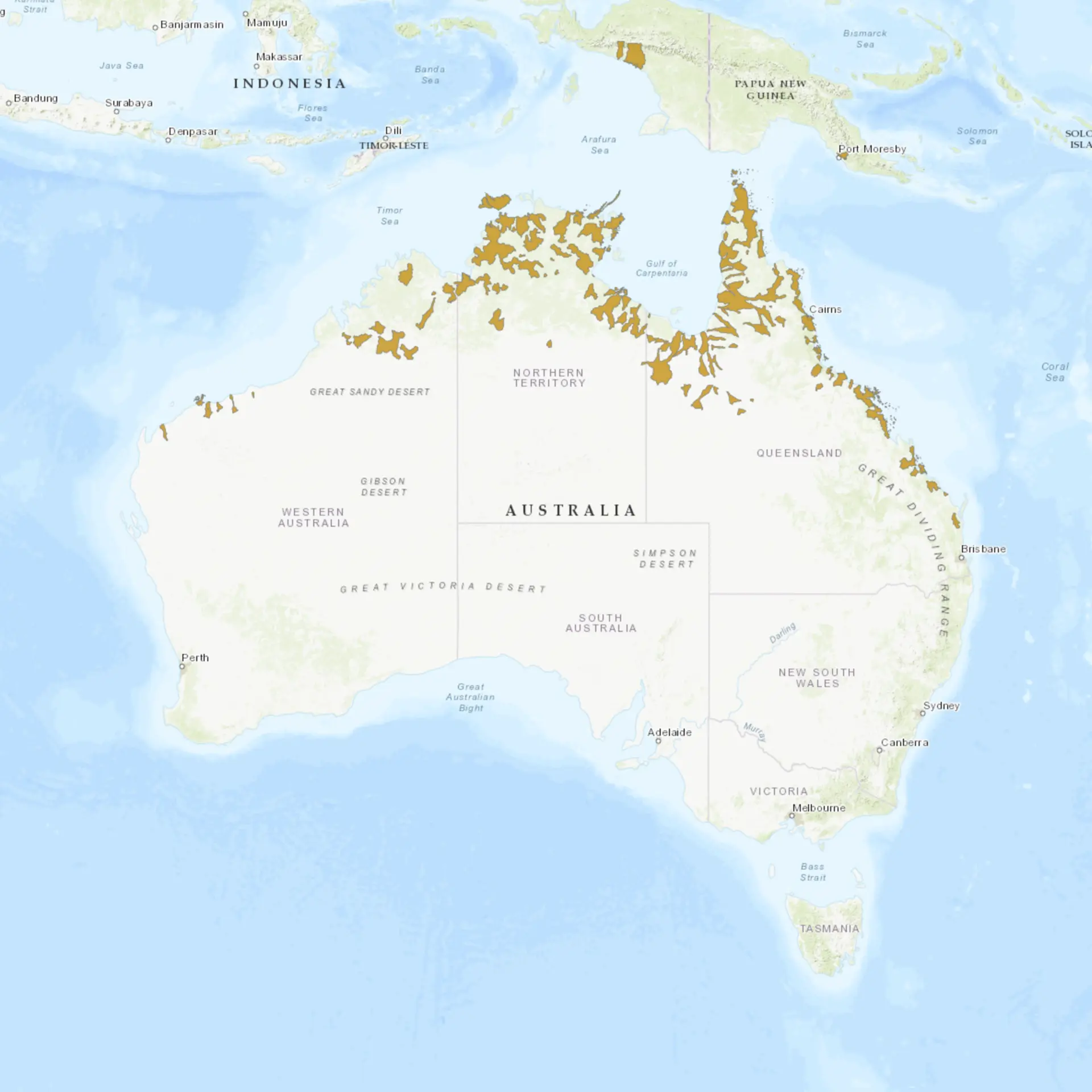Overview
Barramundi, scientifically known as Lates calcarifer, is a catadromous fish species in the family Latidae. It is well-known for its remarkable adaptability and ability to live in fresh and saltwater environments. The fish is highly prized as a game and food fish, particularly in Australian and Southeast Asian cuisine. Barramundi is recognized for its mild flavor and flaky white flesh, making it a favorite among chefs and food enthusiasts.
“barramundi” originates from an Australian Aboriginal language, meaning “large-scaled river fish.” This species can grow quite large, with individuals known to reach up to 1.8 meters long and weigh over 60 kilograms. The barramundi has a unique life cycle, beginning as a male and transitioning to female after the first few years, enhancing its breeding capabilities. This transition plays a crucial role in their reproductive strategy, allowing a single fish to contribute genetic material as both a male and a female during its lifetime.
Barramundi are apex predators in their habitats, primarily feeding on crustaceans, mollusks, and smaller fish. They play an important ecological role by maintaining the balance of the ecosystems in which they live. Their habitats typically include rivers, lakes, estuaries, and coastal waters, where they prefer turbid, warm conditions. Given their importance to both natural ecosystems and commercial fisheries, conservation efforts are ongoing to ensure sustainable populations.
Taxonomy
Kingdom
Phylum
Class
Order
Family
Genus
Species
Type
Current distribution:
Barramundi is widely distributed across the Indo-West Pacific region. In Australia, they are found from the Ashburton River in Western Australia, across the northern tropical regions, to the Mary River in Queensland. This distribution includes the northern coasts and inland waters, reflecting their capacity to inhabit freshwater and marine environments.
In Asia, their presence extends from India and Sri Lanka through Southeast Asia to Papua New Guinea and the northern coasts of Australia. This wide distribution is facilitated by their tolerance to different salinities and habitats, from murky estuaries to clear coastal waters. The fish's ability to migrate over long distances is crucial in maintaining genetic diversity across populations, vital for the species' resilience to environmental changes and human impacts.
Physical Description:
The barramundi has a streamlined body highly adapted for an aquatic predatory lifestyle. Its body is covered in large, silver scales, which can reflect light, making it less visible to both prey and predators. The fish has a pointed head and a sharp, concave tail, which aids in sudden bursts of speed when chasing prey or evading predators. The dorsal fin is elongated and almost reaches the tail, helping with maneuverability in the water.
Adult barramundi exhibit sexual dimorphism; females are typically larger than males. This difference in size becomes more pronounced as the fish age and after they undergo their gender transition. The coloration of barramundi can also vary slightly depending on the environment, with individuals in clearer waters tending to have more vibrant colors. These adaptations make the barramundi a formidable predator and a sought-after quarry in recreational fishing.

Lifespan: Wild: ~20 Years || Captivity: ~20 Years

Weight: Male: 20-44 lbs (9-20 kg) || Female: 22-132 lbs (10-60 kg)

Length: Male: 24-35 in (60-90 cm) || Female: 30-70 in (76-178 cm)

Top Speed: 24 mph (38 km/h)
Characteristic:
Native Habitat:
Barramundi is native to the Indo-Pacific region, stretching from the Persian Gulf to China and southern Japan to Papua New Guinea and Northern Australia. They inhabit freshwater rivers, lakes, estuaries, and coastal waters. These habitats offer the warm, turbid waters that barramundi prefers, providing ample food and breeding grounds. Their ability to migrate between salt and freshwater is critical for their life cycle, particularly for spawning.
The adaptability of barramundi to different environmental conditions helps them thrive in a range of aquatic settings. However, they are predominantly found in shallow, murky waters where their camouflage and hunting strategies are most effective. This adaptability has also facilitated the success of barramundi aquaculture in various parts of the world, contributing to their conservation through reduced fishing pressure on wild populations.
Biomes:
Biogeographical Realms:
Countries:
Diet:
Diet & Feeding Habits:
Barramundi are opportunistic predators that eat smaller fish and crustaceans. Their hunting strategy involves lying in wait or slowly cruising in murky water to ambush unsuspecting prey. This method allows them to conserve energy while maximizing their chances of a successful hunt. Their ability to consume various prey items is crucial for survival in diverse aquatic environments, from rivers to coastal estuaries.
In aquaculture, barramundi are fed a diet that can include pellets made from fish meal and oil, as well as other protein sources, to promote rapid growth and healthy development. This controlled diet helps maintain the high quality of meat favored in commercial markets. In the wild, the change in diet from one based on crustaceans in their juvenile stages to primarily fish in adulthood reflects their growing size and energy requirements. This shift is also critical for accumulating energy reserves necessary for their spawning migrations.
Mating Behavior:
Mating Description:
Barramundi have a unique reproductive strategy: They spawn only in saltwater despite spending much of their lives in freshwater. This migration is triggered by seasonal changes, typically during warmer months, which align with higher tides and lunar cycles. The eggs are buoyant and are released into the water column, where they are fertilized externally. This method increases the dispersal potential of the eggs and larvae, enhancing survival rates.
The sex change barramundi undergo from male to female after several years is a significant aspect of their reproductive strategy. It allows larger, more mature individuals to produce more eggs, thus contributing more effectively to the population. The timing of this change can vary based on environmental conditions and individual growth rates. Understanding and managing this lifecycle is crucial for sustainable fisheries and aquaculture practices.
Reproduction Season:
Birth Type:
Pregnancy Duration:
Female Name:
Male Name:
Baby Name:
Social Structure Description:
Barramundi are predominantly solitary, especially as adults, with interactions primarily occurring during the breeding season. Juvenile barramundi may school together, which protects them from predators as they grow. This schooling behavior decreases as they mature and their predatory instincts develop.
The territorial nature of adult barramundi becomes more pronounced during the spawning season when males establish domains to attract females. Outside of this period, their solitary nature helps reduce competition for food resources, which is crucial given their role as apex predators. Understanding their social structure is important for managing fishing practices and ensuring sustainable population levels.
Groups:
Conservation Status:
Population Trend:
The global population of barramundi is considered stable, though it varies regionally due to differences in environmental conditions and fishing pressures. In Australia, where they are a significant commercial and recreational species, populations are closely monitored and managed through fishing quotas and habitat protection measures. This management helps sustain robust populations, supporting ecological balance and economic interests.
In other parts of their range, such as Southeast Asia, the overfishing and habitat loss pressures challenge barramundi populations. However, the species’ adaptability and the growing aquaculture industry help mitigate some of these pressures. Conservation programs that include habitat restoration and stricter fishing regulations are essential to ensure the sustainability of wild populations, which are crucial for maintaining the genetic diversity and health of the species.
Population Threats:
The primary threats to barramundi populations include habitat degradation, overfishing, and pollution. Habitat loss, particularly the destruction of mangroves and alteration of river systems, directly impacts their breeding and feeding grounds. Overfishing, especially in under-regulated areas, can significantly decline population size, affecting the species’ long-term sustainability.
Pollution from agricultural runoff, industrial discharges, and urban development can degrade water quality, affecting the health and survival of barramundi. These factors can lead to increased mortality rates and reduced reproductive success. Addressing these threats requires integrated management strategies that combine habitat protection, sustainable fishing practices, and pollution control measures.
Conservation Efforts:
Conservation efforts for barramundi focus primarily on sustainable fishing practices and habitat conservation. Regulations such as size limits, bag limits, and closed seasons are implemented to ensure healthy population levels. These measures are supported by scientific research that monitors population trends and habitat conditions, guiding policy decisions.
Aquaculture plays a significant role in conservation by reducing pressure on wild stocks and providing alternative economic opportunities for communities. Sustainable aquaculture practices are encouraged to minimize environmental impacts and ensure the health of cultured and wild populations. Additionally, restoration projects to rehabilitate mangroves and estuaries enhance natural habitats and support broader ecological resilience.
Additional Resources:
Fun Facts
- Barramundi can leap out of the water to catch prey or avoid threats.
- The species is often called the “Asian sea bass” in culinary contexts.
- They are known for their strong fighting ability, making them a popular target for sport fishing.
- Barramundi skin can be used to make leather goods.
- The fish are capable of surviving significant variations in salinity.
- Young barramundi are often more golden in color, transitioning to silver as they mature.
- They have been featured on Australian postage stamps as an iconic national species.
- In folklore, barramundi is often associated with themes of transformation and adaptability.
- Their ability to change sex is rare among fish, shared with only a few other species.
- Barramundi aquaculture is considered one of the most environmentally sustainable forms of fish farming.








